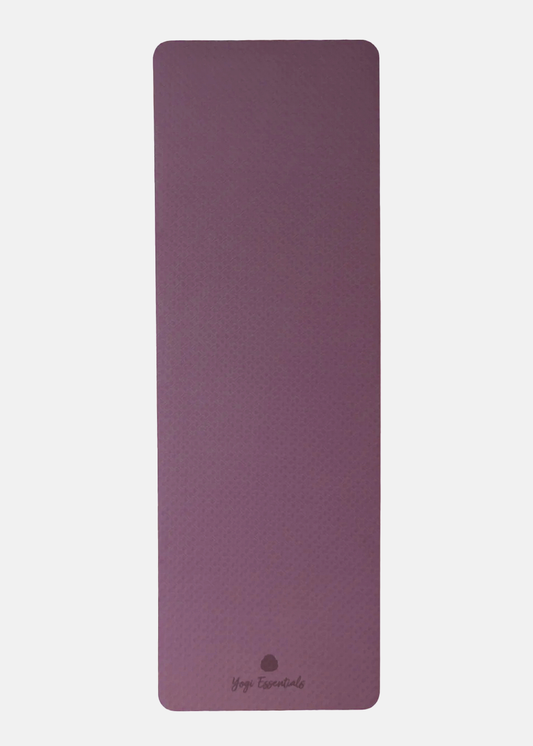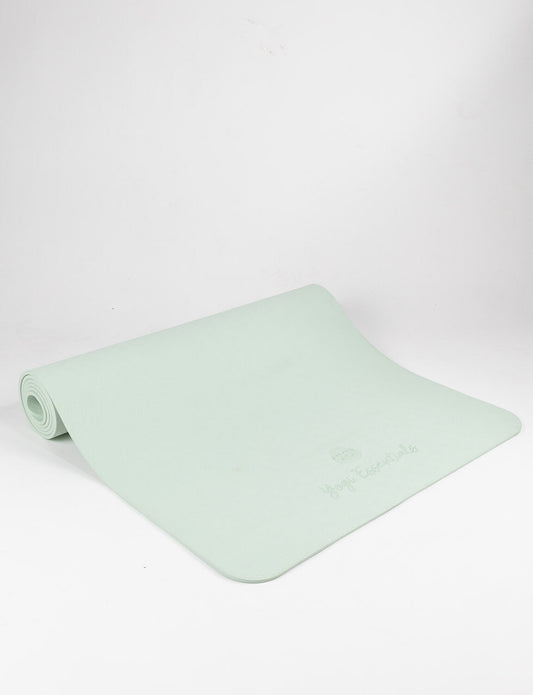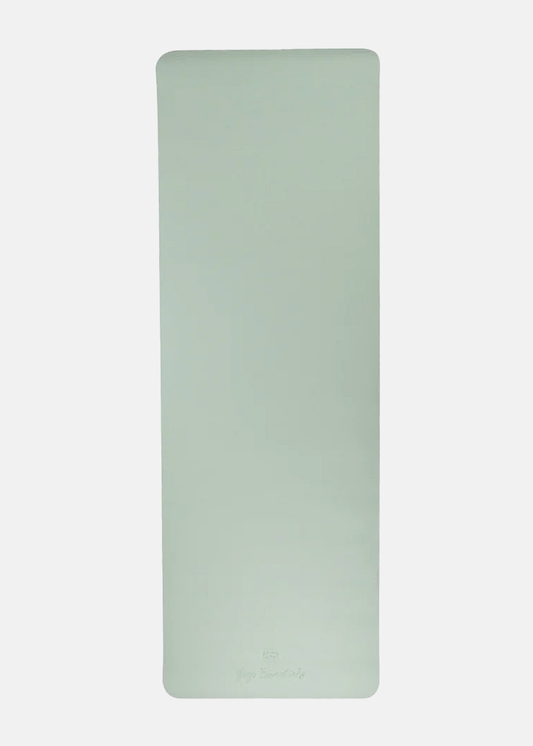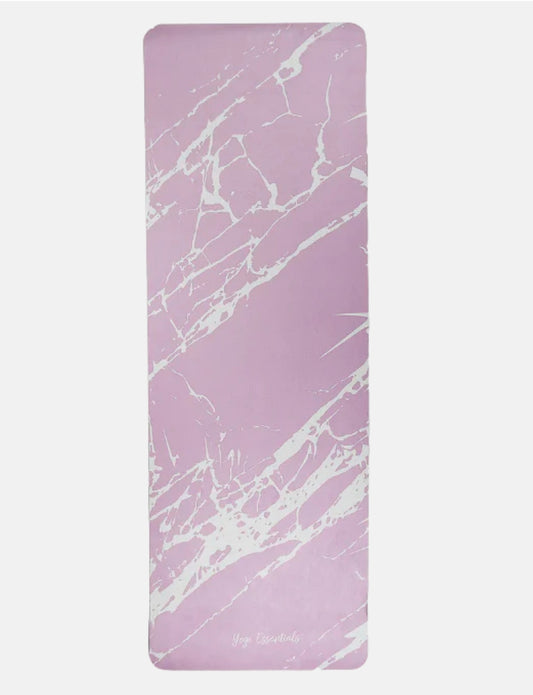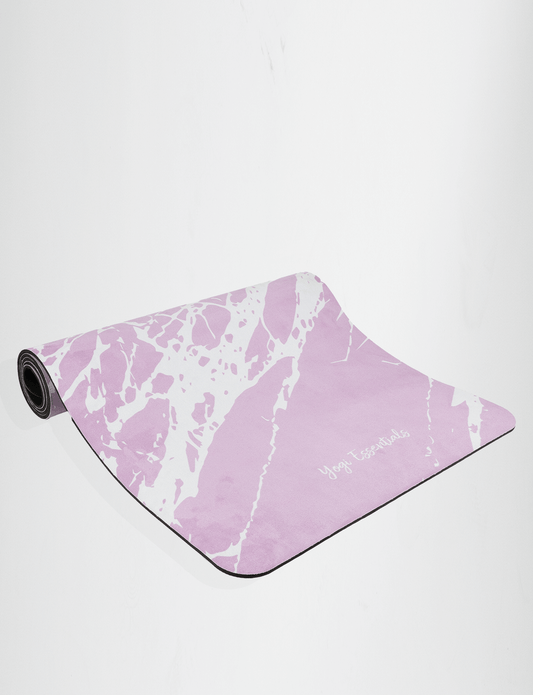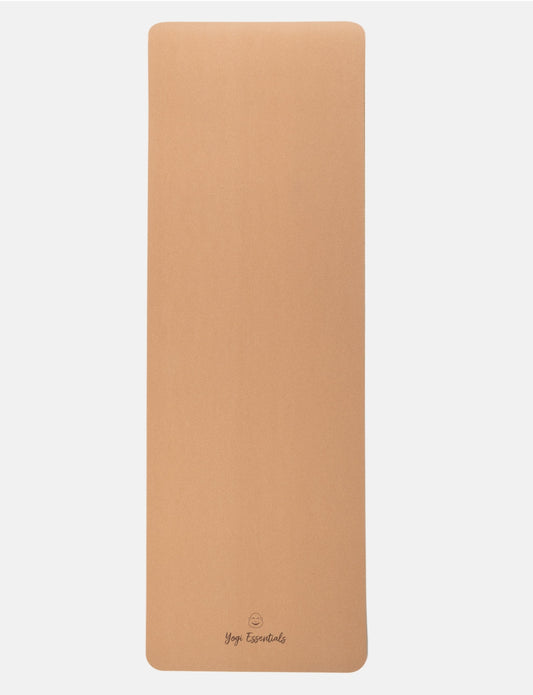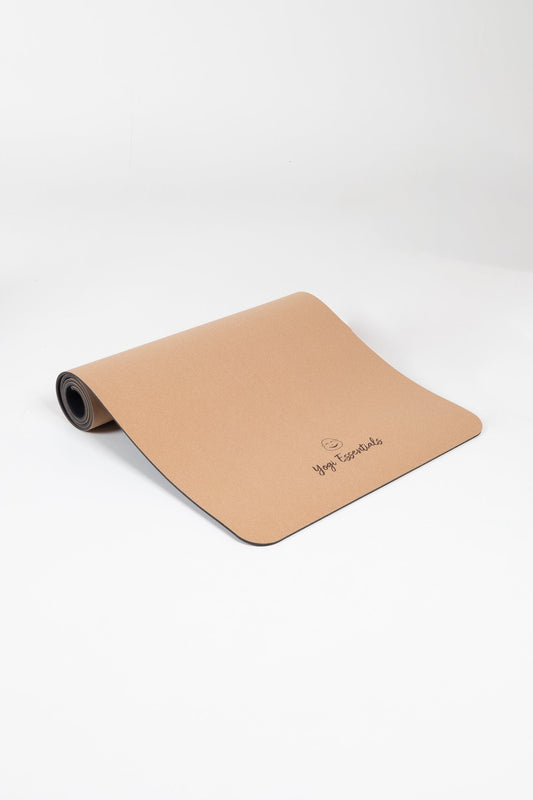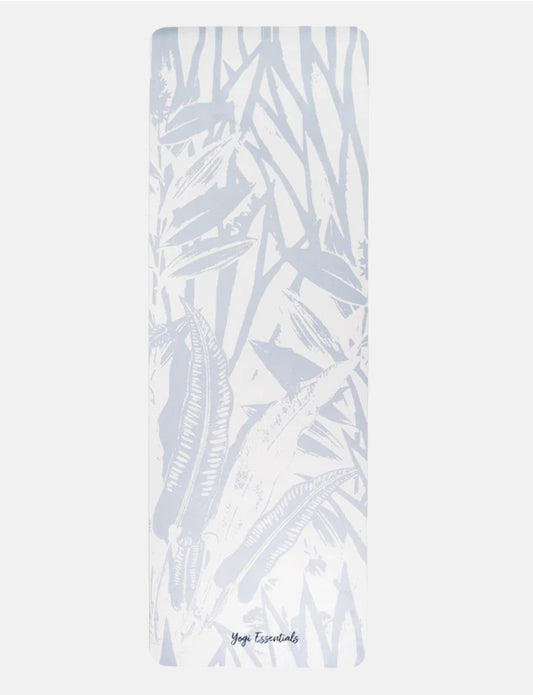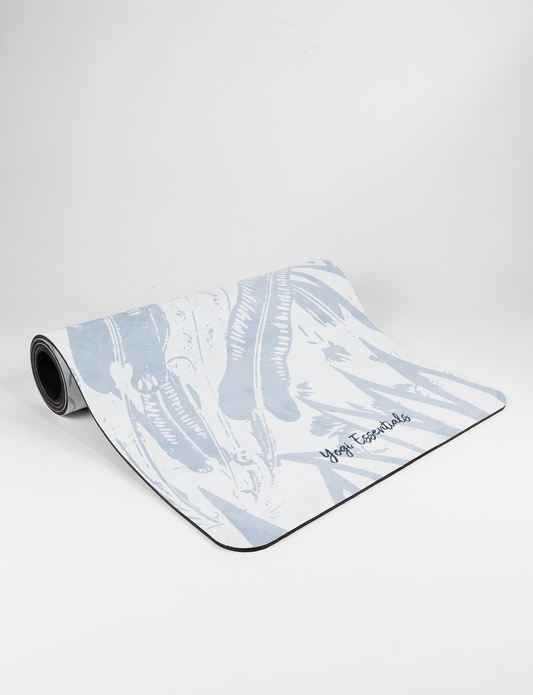Sometimes you need something more. More softness, more space to land, more cushioning under your knees or back. Then a thick yoga mat is exactly what you need. Not because you're moving less, but because your body needs extra support at that moment.
Thick yoga mats are often underestimated. They're often thought to be "less stable" or "only for beginners." But that's not true. In the right setting, a thick mat provides exactly the support you need—for recovery, for softness, for relaxation.
At Yogi Essentials, we help you discover when a thick yoga mat is the best choice. And what it can do for your practice.
What is a thick yoga mat?
A standard yoga mat is often about 3 to 4 millimeters thick. A thick mat starts at about 5 millimeters and goes up to about 8 to 10 millimeters. That may seem like a small difference, but the effect is significant.
The extra layer of foam or TPE provides extra cushioning. It protects sensitive joints, makes the mat softer for the back, hips, and shoulders, and often feels more comfortable during reclining postures or longer meditations.
Thick mats are available in various materials, but what they all have in common is that they prioritize comfort. Not for decoration, but out of care.
Who is a thick yoga mat suitable for?
A thick mat isn't just for those seeking "extra comfort." It's for those who listen to their bodies. Those who find that a thin mat feels too hard. Those who find that their knees protest in child's pose. Those who find that the floor remains present under their back, even when they're lying still.
Thick yoga mats are particularly suitable for:
- Yogis with sensitive joints
- Beginners getting used to pressure distribution
- Older practitioners
- People in recovery
- Quiet yoga styles such as yin or restorative
- Meditation and breathing exercises
What these groups have in common is that the body benefits from a soft foundation. A place to truly land.
Advantages of gentle yoga styles
In gentle styles like yin yoga , restorative yoga , or hatha yoga , you hold poses for extended periods. Your body moves little actively, but opens slowly. And it's precisely then that the foundation becomes crucial.
A thick yoga mat supports you in reclining poses and prevents pressure points – something that can easily occur with prolonged relaxation on a thinner mat. The extra cushioning creates a soft feeling without sinking into it.
Especially in yin yoga, it can make the difference between being distracted by your knee and really being able to sink into the moment.
More comfort during meditation and breathing exercises
A thick mat is also valuable outside of traditional yoga practice. Think of breathing exercises, body scans, or meditations.
When you're sitting or lying in one position for extended periods, you don't want to be thinking about your tailbone, ankles, or the cold floor. A thick mat offers that little bit of extra comfort that makes it easier to stay present. Not because you're "pampering" yourself, but because you're supporting yourself.
What is the difference with a soft mat?
Not every soft mat is automatically thick. And not every thick mat is automatically comfortable.
The difference lies in the material and construction. Thick TPE mats, for example, combine lightness with softness. They give, but not too much. They feel warm and offer cushioning without making you unstable.
A high-quality, thick mat doesn't bounce around, but provides cushioning. It's firm yet soft. And that's precisely what makes the difference. Because comfort isn't a matter of volume, but of balance.
When is a thicker mat less useful?
With dynamic styles like vinyasa , power yoga , or ashtanga, a thick mat can actually be counterproductive. You sink more quickly, lose touch with the floor, and have to work harder to find balance.
For those styles, you'll want a thinner, firmer mat with plenty of grip – like PU rubber mats . But that doesn't mean thick mats are "less good." They're simply designed for a different purpose: not to perform, but to soften.
Finally: support as a choice
A thick yoga mat isn't a luxury. It's a choice for softness. For comfort. For listening to what your body needs right now. Maybe you're recovering. Maybe you're just starting out. Maybe you just want to support yourself a little more.
Whatever the reason, a thick mat can invite you to truly land. And sometimes, that's where your entire practice begins.

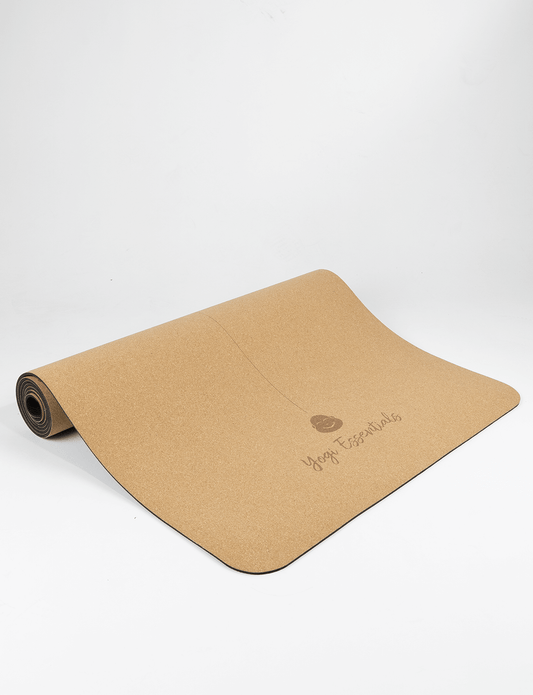 Sold out
Sold out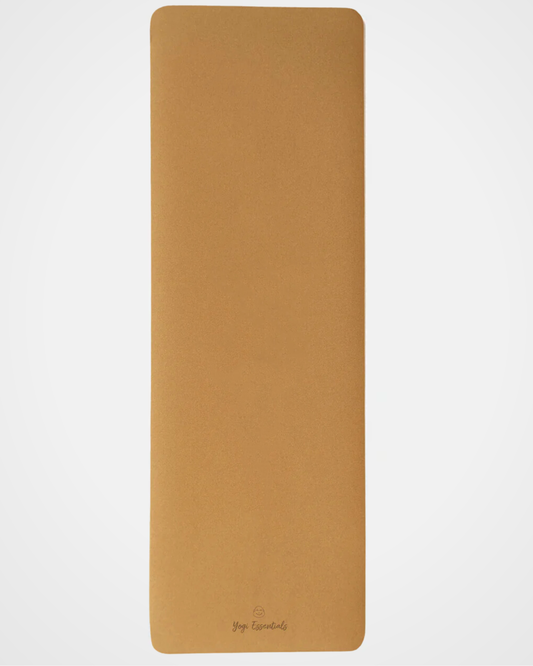
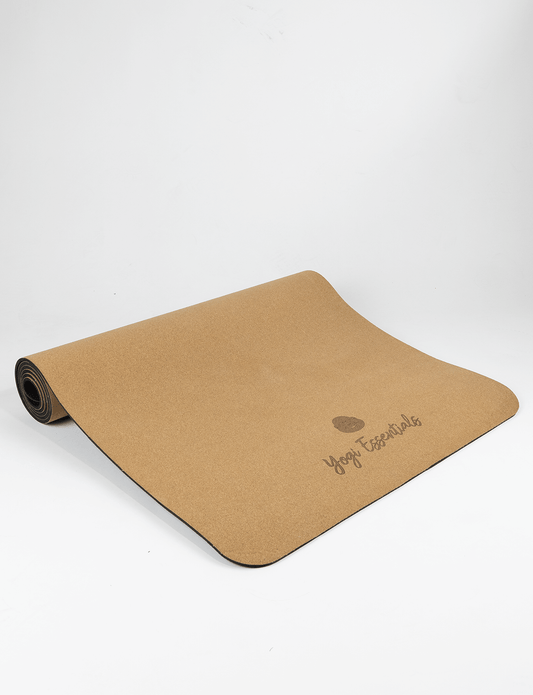 Sold out
Sold out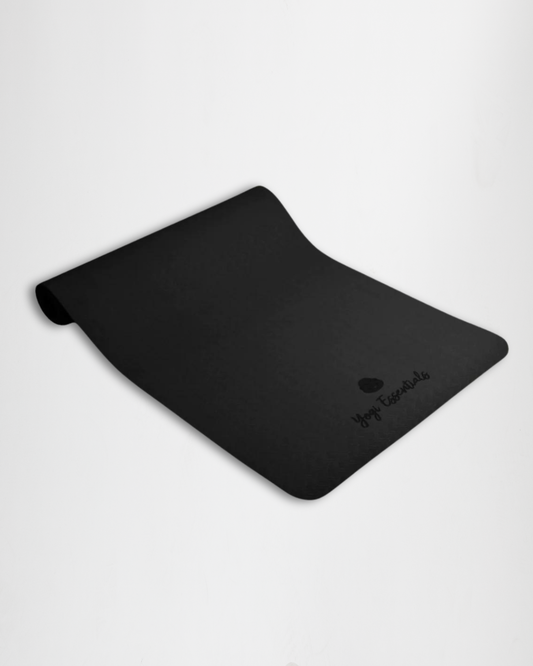
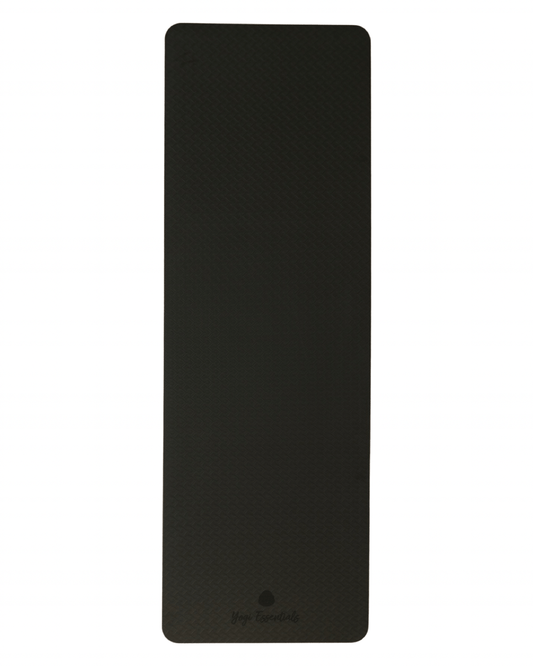 Sold out
Sold out












